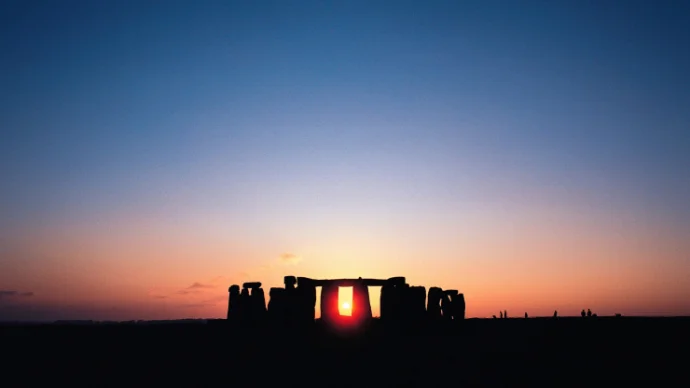
About Salisbury Cathedral
Salisbury Cathedral is a 13th century Gothic cathedral in Salisbury, England. It holds claim to having the tallest church spire in the UK, as well as being home to the world’s oldest working clock.
History of Salisbury Cathedral
The present iteration of Salisbury Cathedral was completed in just 38 years, from 1220 to 1258 during the tenure of Bishop Richard Poore who donated the land upon which the cathedral was built. It is without question one of the nation’s most iconic medieval buildings. In total, the cathedral was built with 70,000 tons of stone, 3,000 tons of timber and 450 tons of lead.
The Anglican cathedral in the south-west county of Wiltshire (eight miles from Stonehenge) is one of Britain’s finest examples of Early English Gothic architecture (established in England with the completion of Canterbury Cathedral in 1175) and interestingly is one of only three cathedrals in England to lack a ring of bells – Ely and Norwich are the other two.
Salisbury lays claim to the UKs tallest church spire (123m), its largest cloister and its largest cathedral close. It is home to the world’s oldest working mechanical clock dating back to c.1386 and has a magnificent collection of medieval stained glass windows including the Rose Window.
However, the undoubted star attraction is the presence of perhaps the single most important document in all of English history – the Magna Carta. Only four copies have survived since 1215 and Salisbury has the best preserved. It is thought it was brought to the cathedral in the days after the signing at Runnymede by Elias of Dereham, later Canon of Salisbury, who was charged with distributing the copies. Just so you know, of the other three, two are at the British Library and the third is at Lincoln Cathedral.
It’s housed in the octagonal 13th century Chapter House and visitors can view the magnificent document as part of a permanent interactive exhibition.
Salisbury Cathedral today
The cathedral remains a working religious space, and services are held multiple times a day, so check timings before you go as you won’t be permitted to enter during service times unless you’re attending. Volunteer guides are on hand to help: their services are free of charge and well worth using as they’re incredibly knowledgeable about the building and its history. Ask them about the tomb of William Longspee if you like grisly tales.
‘Tower tours’ run semi-regularly, which give visitors a chance to climb the winding wooden staircases inside the famous spire and enjoy an unrivalled view from near the top. Make sure you have a head for heights!
The relatively new font in the centre of the cathedral is an infinity font, and the sound of running water is extremely soothing. The reflection of the vaulted ceiling is spectacular.
Getting to Salisbury Cathedral
The Cathedral Close is in the centre of the city, and is easily accessible on foot. Parking in the Close is extremely limited, and you’d be best off parking in any of the nearby city centre car parks (charges apply). The train station is a 20 minute walk away, with regular trains to the south west, Bristol and London.
Featured In

Wiltshire Historic Sites
Discover 10 of the best historic sites in Wiltshire with our expert guide. Located in the heart of Wessex, Wiltshire's history spans several millennia and caters to every taste: from ancient stone circles to modern day military history.




















